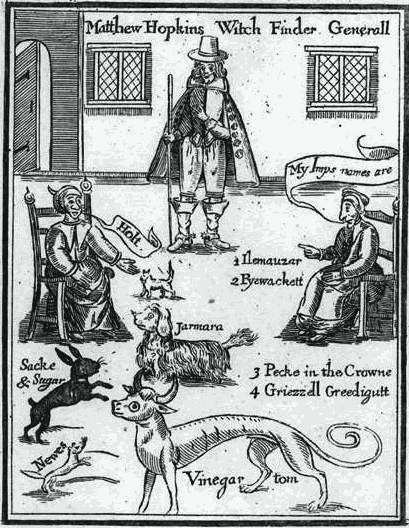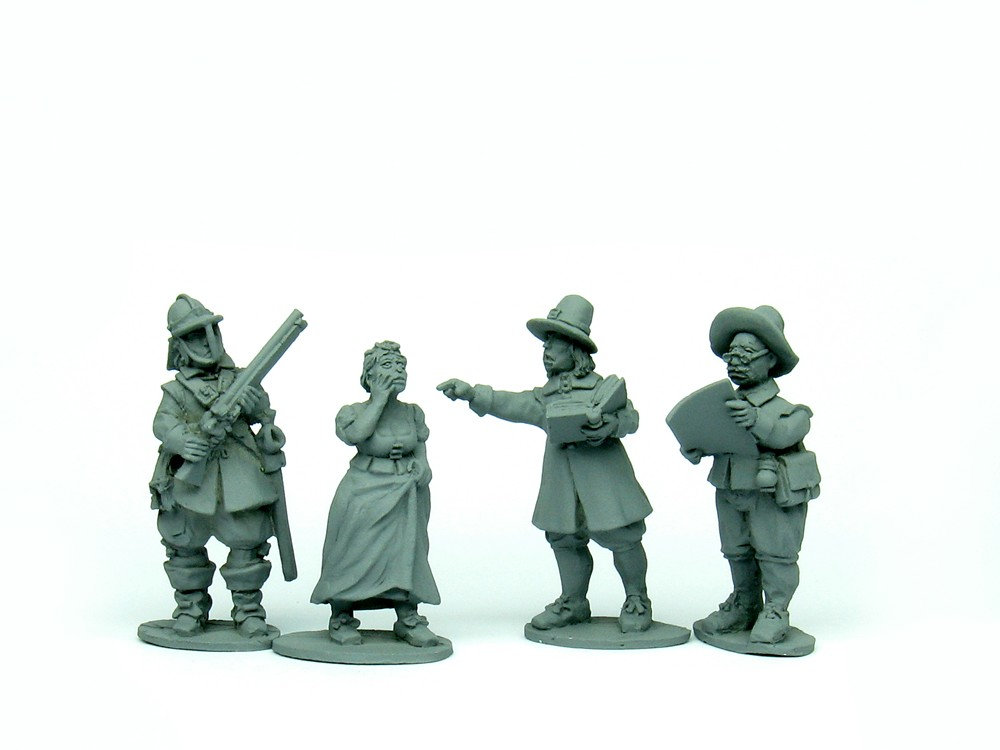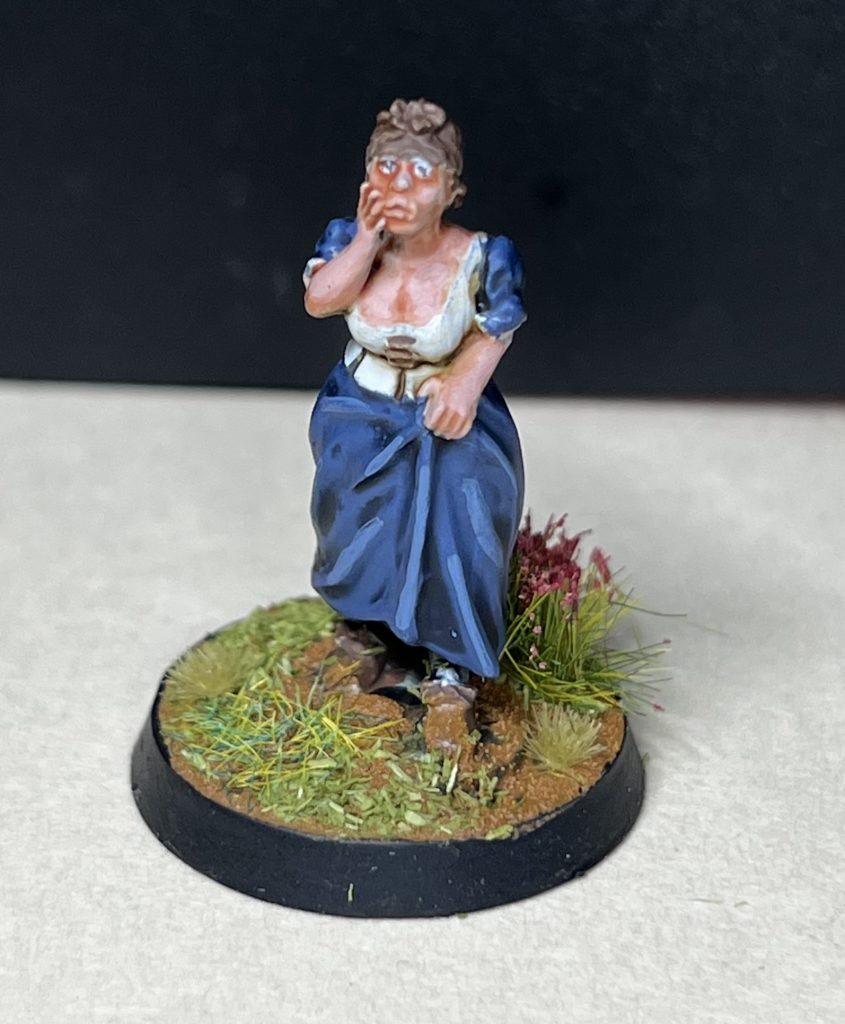Beware, fellow Dice God-fearing gamers, as witches walk among us. They haunt our game stores and our convention halls. They call upon black magicks to roll an unbelievable amount of sixes, and to constantly make me forget rules that could win me games. But fear not, Goonhammer Historicals is going to help you defeat these servants of Satin Varnish.
The history of witchcraft, magic of all sorts, public hysteria about both, and popular culture around all of the above is way too varied to cover in one article on a historical wargaming website. You might even be asking, why is Goonhammer Historicals, the best historical wargaming writer collective, even care? Well, witchcraft and witch-hunting is explicitly tied into the history of the European wars of the 17th century. Any volume on the English Civil Wars or Thirty Years War will make at least passing reference to witch trials, and the public sense of divine—or Satanic—doom provoked by the war, plague, and famine of the era.
More on that later, but also: Bloody Miniatures, a sculptor of fantastic character miniatures for the English Civil Wars, makes a model diorama for the infamous Matthew Hopkins, the Witchfinder General who terrorized East Anglia.

The Witchfinder General
Matthew Hopkins (c. 1620–12 August 1647) was the self-appointed Witchfinder General of England from 1644 to shortly before his death.* Hopkins spearheaded a new craze of witch-hunting in England, taking advantage of the turmoil of the civil war. In 1644, Hopkins successfully accused 23 women of witchcraft: 19 were hanged, 4 died in prison. He and his associates popularized several means of witch-discovery, such as ‘pricking’ to ‘uncover invisible devil marks.’ Hopkins published The Discovery of Witches (1647) about his methods of uncovering secret witches. His legacy, and this book in particular, was instrumental in the Salem Witch trials in New England.
What was significant about Matthew Hopkins? I, personally, think he’s a fascinating microcosm of the era because he’s one of the members of fringe-society that was thrust into the forefront of English politics and society. He was the son of a Puritan minister, and he was most active in strongly Puritan counties. I don’t care for psychoanalyzing historical figures. Maybe Hopkins was paranoid. Maybe he just hated women. It really doesn’t matter. The superstitious attitude of the times, the fervor of the Puritan movement, and the viciousness of the war specifically, allowed him to essentially carry out a completely legal murder spree. He exists to this day as an Anglo-American boogieman, featured in film and song.
The Witchfinder General Kit by Blood Miniatures

Bloody Miniatures is a UK-based company that makes some gorgeous 28mm models for English Civil War armies. Quite a few companies make metal and plastic kits for 17th century forces, but Bloody Miniatures found a niche of making fantastic character groups to add some spice to your pike and musket blocks, or to create a dynamic skirmish force. You can read an interview with their founder, Richard Lloyd, on this very site!
The Witchfinder General box is a fun little set for making a diorama: the eponymous witch hunter with his book, an aid reading off the charges, a distraught woman facing her demise, and a dismounted trooper with musket and lobster helmet. All of these models are a single piece of white metal.
All these models have very crisp details. Faces are more clear than almost any metal model I’ve worked with, and more diverse than Warlord’s plastic Pike & Shotte minis. Like most historical true scale minis, these have an integrated base. It’s larger but flatter than those on a lot of Warlord Games Plastic and Metal, but thicker than the small bases on Perry Miniatures.
All of these models, including the woman, are a smidge taller than both Warlord Plastics and Perry metals. This isn’t very noticeable in a group, and the scale is definitely better on hands and heads.
On the Hopkins model itself, there’s a couple details I want to admire. The book he’s holding has noticeably sculpted pages, and that takes well to a brown wash over the khaki. The folds in his black cloak make it easy to do some blending and highlighting to bring out a model that’s decked out mostly in black. I went with a black-blue scheme here. In my mind, it’s reminiscent of the blue tint to 1980s slasher films. I used Pro Acryl Coal Black for the base coat, then mixed it 1:1 with Pro Acryl Dark Grey Blue, then did highlights with Dark Grey Blue and Grey Blue from Pro Acryl. His stockings and cuffs are Corax White. His face is Pro Acryl Tan Flesh, and I accidentally washed it with Citadel Targor Rageshade instead of Reikland Fleshshade, but I like how it turned out.

The accused woman is also fun and easy to paint. Lots of folds to her dress makes it easy to layer up colors. There’s clear fear in her face and her pose. At first I had some concerns about her top because there are far too many examples of women miniatures that just have their breasts bulging out of any attire they’re wearing, but her neckline is appropriate to the era. Rest easy, horn dogs. I painted her dress with Citadel Russ Grey and washed with Drakenhof Nightshade. Her skin is Pro Acryl Tan Flesh, her hair is Pro Acryl Light Umber, and her bodice is Citadel Corax White washed with Army Painter soft tone. Please ignore my inability to paint eyes.

Hopkins’ assistant echoes Hopkins’ own pose, but he’s holding up a piece of parchment instead of a book. I’ll shout out the large frame spectacles as a nice detail. Everyone knows that people with glasses are evil.
The highlight of this set might be the dismounted trooper. Not because of any special pose, but because of how much better this sculpture is than many metal and plastics of the same conceptual figure. His lobster helmet is perfectly sculpted: most notably, there’s discernably distance between his face and the mouthguard. You can clearly tell he’s wearing a thick, heavy buff coat over his jacket. The firing mechanism of his musket is crisp and clear. When I bought this, I also ordered some regular skirmishers, and just looking at this soldier made me excited to paint the rest. If this model has a fault, it’s that there’s a very thick mold-part where his scabbard meets his booth. It’s too thick to remove it with a hobby knife or clipper. Maybe very good files could do the job. I don’t think it’s too noticeable. Some painting tips: I painted the buff coat with Pro Acryl Khaki, washed it with Army Painter Soft Tone, and then highlighted back up with said khaki. The breast plate and helmet are Pro Acryl Dark Silver, washed with Agrax, and highlighted up with Vallejo Model Air Color Steel. Using black and dark metal will look good on any 17th century armor, as it copies the effect of the acid treatment.

I based all of my models on 25mm Citadel round bases. The bases are easier to magnetize this way, and it matches the rest of my sort-of New Model Army collection. I also will find sue for them as individual characters in Pikeman’s Lament, and maybe even in one of my D&D campaigns as NPCs.All in all, great minis! If any reader decided to pick some up, write in and let us know what you plan to do with them!
How to Uncover Witches and Other Agents of the Devil in Your Gaming Club
Unfortunately, due to new social norms and new-fangled prohibitions on judicial torture and ‘rights to a fair trial’, we can’t use the tried and true methods of annihilating covens. So, no dunking, no pricking with needles. We can’t even officially recommend burning them at the stake.
Lucky for you, I’ve devised a short list that can concretely prove your gaming opponent is in fact a witch with a coven of evil who definitely participates in the Midnight Sabbath for the explicit purpose of beating you at your game of choice.
Rolling a lot of sixes (or ones, depending on game rules). Now, a couple like dice throws is no reason to be suspicious. But, if it happens more than once in a game? Absolutely black magic. There’s no other explanation.
Really well-painted models? A lot of people will try to say this is explained by ‘hard work’ and ‘patience’ or even a ‘good eye.’ But you know what it really is? Potions and sorcery. Those slick, two layer edge highlights? I guarantee you that the painter has sacrificed babies to Baal for that. They may have steady hands but you better believe they have goat hooves for feet.
Time to play enough games? There’s no good excuse for all that leisure time. They should be out working their fields, or some other Godly task. There’s no time for gaming. Certainly they use imps and other familiars to do all their chores for them.
Constantly winning against you? Absolutely, without a doubt, they are using their Satanic magicks to cloud your mind and defeat you. They are sneaking into your brain and making you play bad. They are befuddling your thoughts and making you leave your line stretched out and your flanks exposed. If someone beats you more than two games in a row, you’re well within your rights to see if they float or sink when dunked.
*Despite popular belief and against the strands of fate, Hopkins did not die when he failed his own dunking test, neither drowning nor being executed as a witch. Church burial records confirm this hilarious fate did not befall him.
Comments, questions, suggestions? Contact@goonhammer.com or leave a comment below


